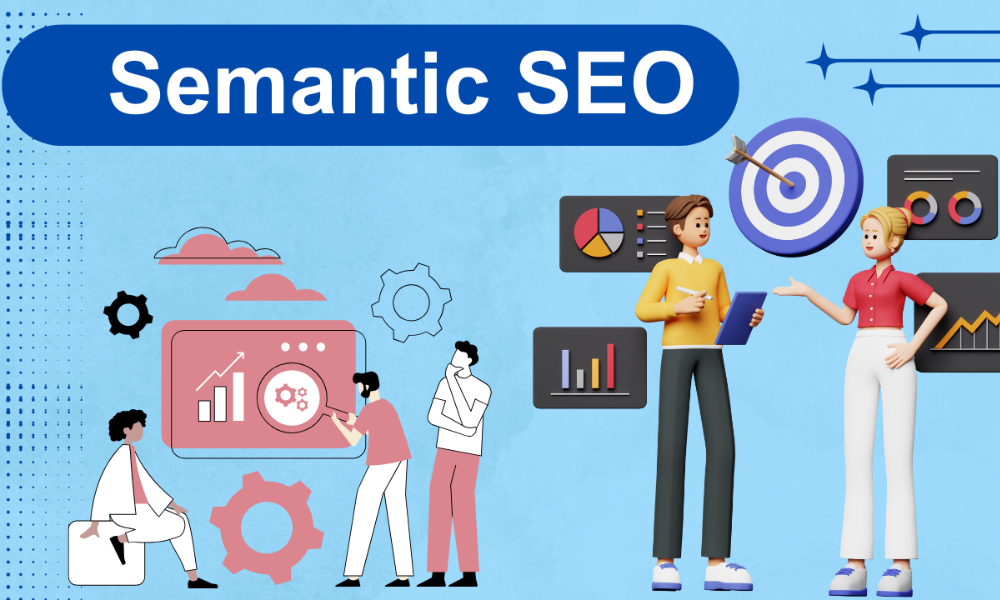- March 17, 2024
- SEO
- 0 Comments
Introduction:
Blogs serve as pivotal tools for building connections and bolstering brand identity. Acting as digital newspapers, they inform and educate target audiences while also boosting website SEO. As of October 2024, the key to a successful blog strategy lies in delivering relevant topics that add value and address customer pain points.
Understanding the Blog Landscape:
Before diving into optimization tips, it’s essential to grasp the diverse types of blogs prevalent in 2024:
Educational Blogs:
These informative pieces aim to transition audiences from cold prospects to warm leads by offering valuable insights without directly promoting products or services.
Promotional Blogs:
In contrast, promotional blogs focus on persuading customers about the efficacy of products or services, highlighting their benefits in solving specific problems.
Success Stories and Case Studies:
These narratives leverage social proof to showcase the positive experiences of others, instilling confidence in potential customers.
Product/Service Review Blogs:
Combining elements of education, promotion, and case studies, these blogs feature firsthand accounts of product or service usage, influencing purchasing decisions through personal experiences.
News Articles:
Educational in nature, these blogs present factual information about recent events without personal opinions, serving as informative resources for readers.
Select Niche and Topics:
Choose a niche aligned with market demand or personal interest, ensuring sufficient knowledge to establish authority and credibility.
Target Keywords:
Optimize content for search engines by selecting relevant keywords using tools like Google Keyword Planner, aligning with audience search intent.
Analyze Competitors:
Identify direct competitors targeting similar keywords, gaining insights into market dynamics and competition.
The Perfect Blog Structure:
Compelling Title:
Craft attention-grabbing titles that succinctly convey content relevance and fulfill reader expectations.
Engaging Introduction:
Hook readers with a captivating introduction that provides essential context while maintaining brevity.
Index:
Include an index for longer blogs to enhance user experience and facilitate navigation.
Subheadings:
Break content into digestible sections using subheadings to improve readability and user experience.
Conclusion:
Summarize key takeaways and reinforce brand value propositions in the conclusion.
Call-to-Action (CTA):
Incorporate CTAs to encourage reader engagement, whether through links, comments, or social sharing.
FAQs:
Address common reader queries to build trust and enhance customer experience.
Clear Explanations:
Ensure content clarity and simplicity to facilitate understanding and establish authority.
Pain Point Identification:
Highlight customer pain points to foster empathy and deepen audience engagement.
Solutions with Examples:
Offer practical solutions supported by examples, results, surveys, and testimonials to validate credibility.
Conversational Tone:
Adopt a friendly, conversational tone to connect with readers and enhance engagement.
Authority References:
Cite authoritative sources to substantiate claims and build credibility with readers.
Readability:
Prioritize readability to enhance user experience and SEO performance, utilizing tools like Hemingway Editor for clarity.
One-liners:
Craft memorable one-liners to convey brand essence and captivate audience attention.
Highlighters:
Use bold, underline, italics, and color to emphasize key points and enhance content readability.
Lists:
Employ lists to organize information effectively and improve content scannability.
Tables:
Utilize tables for clear data presentation and improved content organization.
Charts:
Incorporate charts to visually represent data relationships and enhance content comprehension.
Visuals (Diagrams, Memes, GIFs):
Enhance content engagement with visually appealing elements like diagrams, memes, and GIFs.
Meta Titles:
Create attention-grabbing meta titles with relevant keywords to improve search engine visibility.
Meta Descriptions:
Craft compelling meta descriptions to enhance click-through rates and improve overall performance.
Alt Text:
Optimize alt text for images to improve accessibility and assist search engine indexing.
Internal Linking:
Integrate internal links to connect related content and improve website navigation.
Backlinks:
Seek quality backlinks to enhance blog authority and trustworthiness, contributing to improved rankings.
Conclusion:
By implementing this comprehensive 30-point checklist, you can accelerate your blog rankings on SERPs in 2024. Remember to prioritize overall website authority and SEO optimization alongside blog content to compete effectively in your industry.



